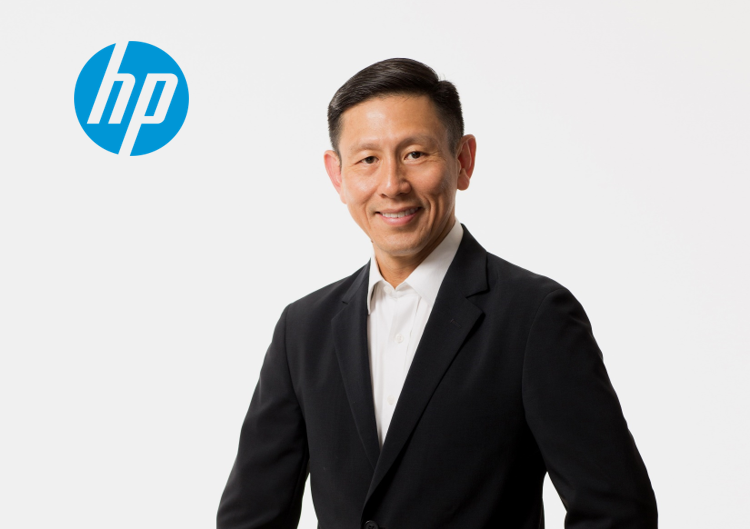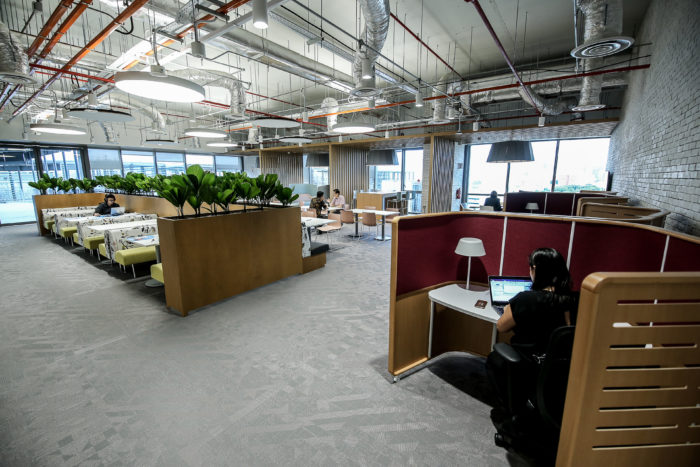How HR and HP became strategic business partners

HP started operations in Singapore back in 1970 from a small rented flatted factory in Redhill with a handful of employees. Today, it has over 3,000 employees at their state-of-the-art building not far from their original site.
And it is no coincidence that its business growth over the last 50 years has gone hand-in-hand with the transformation of its HR function, which has evolved to cater to a multi-generation workforce with a whole different set of expectations than its pioneer batch of employees.
Leading and growing the technology giant in the region is Ng Tian Chong, Senior Vice President and Managing Director, Greater Asia, HP. Not only has he led the transformation of the technology company over the years, but that of its HR function as well. And it was clear to him what needs to be at the center of the company from the start.
Speaking exclusively to HRM Asia, Ng said, “People are at the center of everything that we do at HP. There are a few central pillars and HR is definitely one of them. It’s front and center of everything we do. We are a technology company, but at the end of the day it’s about loyalty, commitment and our people.
“The HR team is a key business partner of mine where we work together on how we shape our workforce and the kind of talent we need in order to manage the evolving situation and capture the kind of growth that we want in the fast growing region in the world.
“Today I view HR as more of an advisor to me in the business. In the past it was quite functional and very subject focused. But today, there is a need for our senior HR leaders to have a good grasp of the business strategy and the macro picture so we can make joint decisions together,” he added.
Given the strategic and integral role that the HR department plays at HP, it is little surprise that the management regards it as a business partner rather than just an operational and traditional function.
And that has empowered Sowjanya Reddy, Greater Asia Regional Head of HR, HP, and her team to be more involved in strategic decision-making in terms of talent management and enablement which are key to drive business growth.
“There are two aspects of our role as HR business partners. One aspect involves the operational side of things and the other aspect is largely strategic,” she shared.
“The strategic aspect is all about being a talent enabler. We assess what skills we need for the future so that we risk-proof our workforce and business. We look at succession planning, the gaps we have in terms current, future and evolving skills, and how we find ways in terms of talent programs and interventions – both global and regional – to customise it to our function and business based on our needs. Last but not least, we also look at how to constantly upskill our talent to keep us future ready.
“So that to me is what is strategic to the business and we cannot do that unless we develop good business acumen and understanding the business we serve,” she added.
Engaging a multi-generation workforce
For a company that just turned half-a-century old in April, it has witnessed different generations of employees – from the baby boomers who have seen the company grow over the years, to the rise of the millennials and Gen Z workforce.
And to keep pace with an ever-evolving workforce and a new world of work, it is important that the company changes the way it manages and engages employees across different generations, cultures and expectations.
“I see the role of HR changing, because the composition of the workforce is changing. A big portion of our workforce today is made up of millennials and Gen Zs. Today we manage a multi-generation workforce where we have three to four generations of people working side-by-side,” Ng continued.
“The demands and expectations of the modern workforce are very different from the past. Millennials and Gen Zs want to work for a purpose-led company. Many of them do not work for you because you have cool offices or free food. They want to be identified with an organisation that they believe in, and where the purpose and values of the company resonate with them.
“I think these are important things in which I see the HR team playing a big role in. And that is why they need to have a good grasp of the nature of our business and how we can connect all the dots,” he added.
Building an ‘Office of the Future’
With the COVID-19 pandemic thrusting organisations into a whole new world of work, the way physical offices function and serve employees must change to adapt to the increasingly mobile and remote workforce.
And that’s exactly what HP is building – an ‘Office of the Future’, a work environment that is inspiring, exciting, secure and empowers employees for success by giving them the technology capabilities to be productive and creative.
It is not just a physical workspace, but it also gives employees the flexibility, mobility and security to choose how and where they want to work.
“What has happened over the past few months with COVID-19 will yet again redefine what the Office of the Future will look like. Over the extended period of working from home, some employees have grown accustomed to, and even enjoy, their new routines.
“We have also seen how through the use of technology, our employees can continue to be productive, collaborative and stay connected with one another. This means that as a business, we need to reimagine what the future of the office and work will be.
I believe that this future will be a hybrid between remote working and working at the office, and offering our employees even greater flexibility. At the same time, there are in-person interactions that simply cannot be replaced, including to ensure our young employees receive the support and guidance they need.
“As we slowly transition into a post-COVID world, we need to be able to adapt to this new situation and continue to focus on the safety and growth of our employees, ”Ng concluded.




